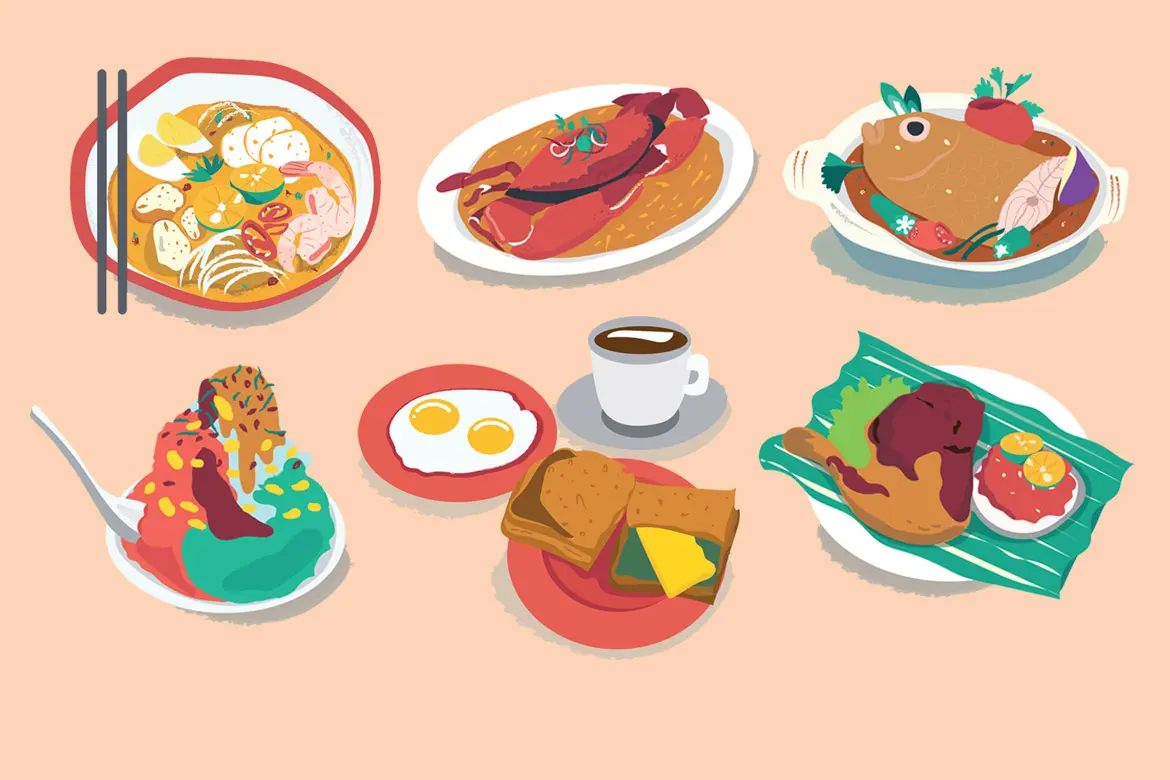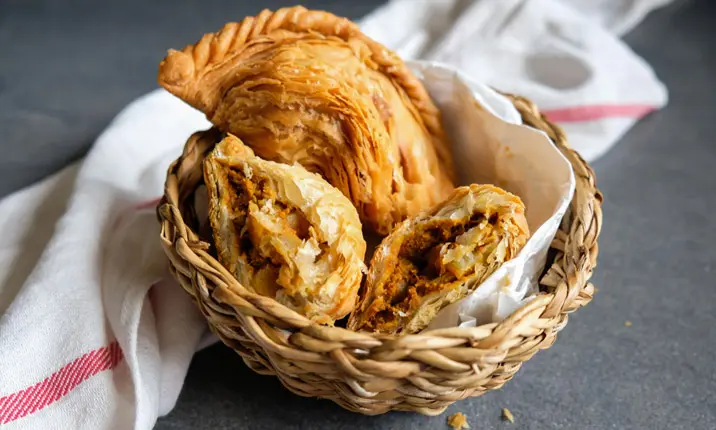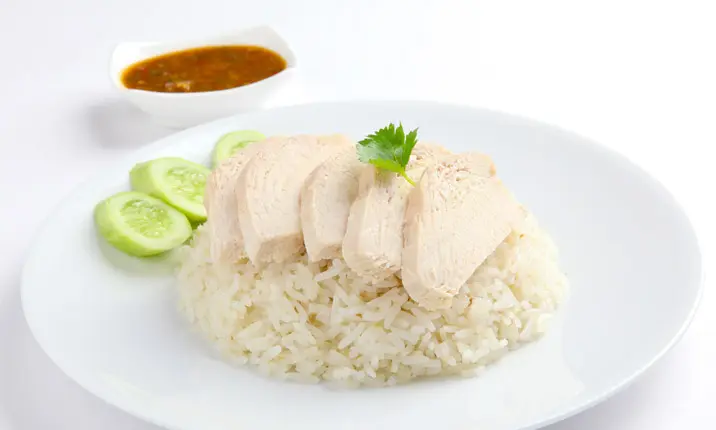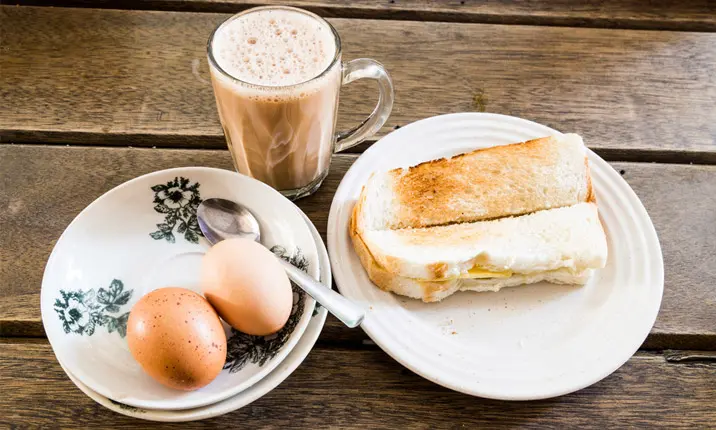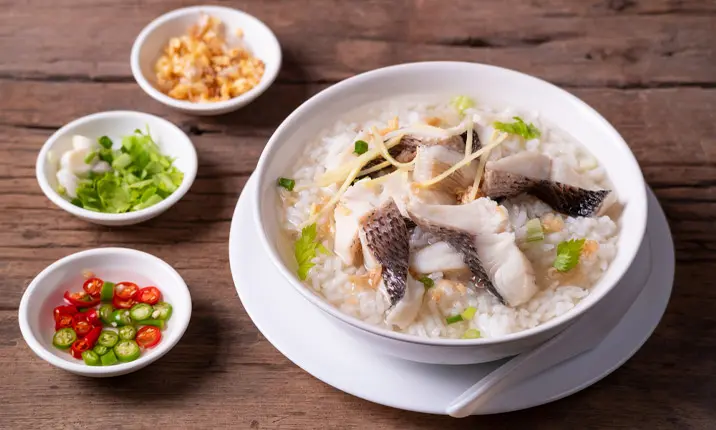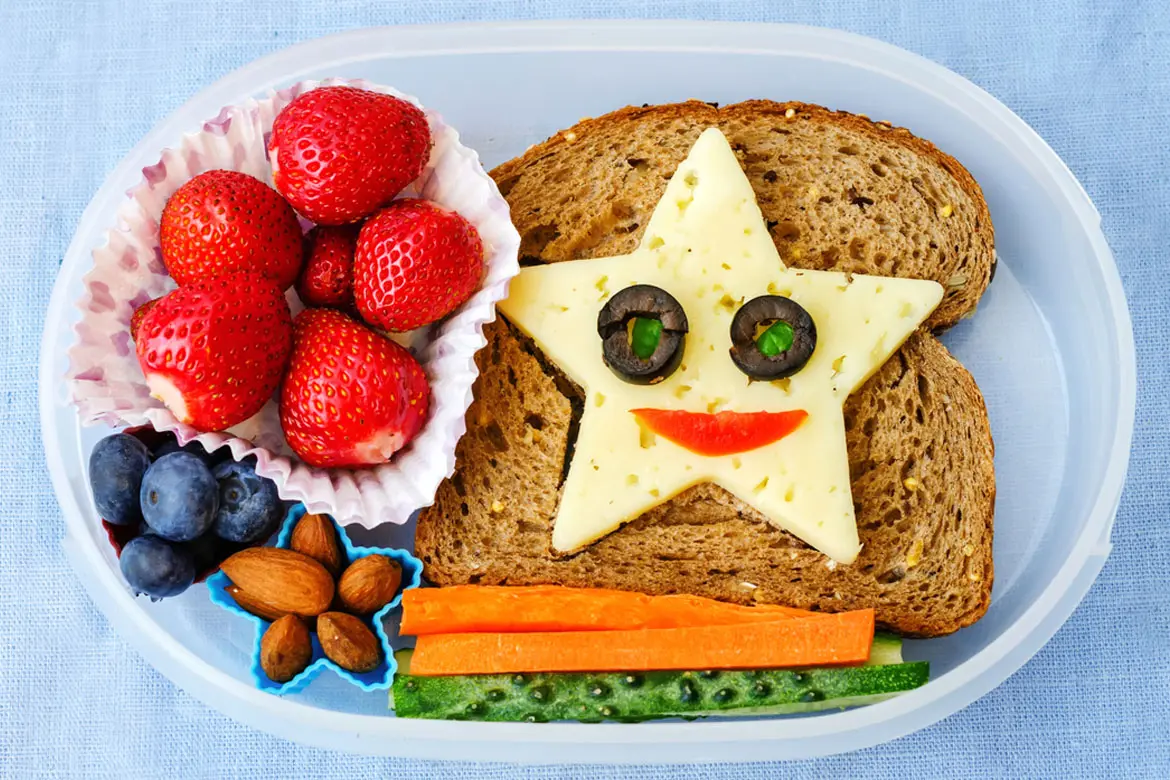Is hawker food healthy?
Local food and hawker centre culture are part of our national identity, providing shared memories and experiences across generations. However, with most of us working in desk-bound environments, many of us are leading a more sedentary lifestyle today.
As a result, eating too much high-fat and high-calorie meals might be detrimental to our health. This isn't to say that we should stop eating at hawker centres, but rather that we should be more mindful of what is in our food and if our diets are suited for our lifestyles.
Here are some tips on what foods to watch out for and the healthier options to make when dining at hawker centres.
Unhealthy food ingredients to avoid
Certain ingredients can be bad for your health, especially if you don't exercise often. These foods usually contain:
Trans-fats
Trans-fats, or trans-fatty acids, are a form of unsaturated fat. They come in both natural and artificial forms. The more significant source of trans-fat is from artificial trans-fats which are commonly found in:
- commercial deep fried food such as nuggets and French fries
- baked goods, such as puffs and pastries
- hard margarine or solid shortening
- processed foods such as hams and sausages
- convenience foods such as frozen ready-to-eat meals or frozen pizza
This type of fat is not essential and provides no known benefit to our health. Trans-fat consumption has been found to have an impact on our cardiovascular health, as it increases LDL (bad) cholesterol and lowers HDL (good) cholesterol.
Limit foods that are high in trans-fats as much as possible.
Saturated fat
Saturated fat is a type of dietary fat that appears solid at room temperature. Along with trans-fat, saturated fat is one of the unhealthiest types of fat. Saturated fats can be commonly found in:
- Fatty cuts of beef, pork, or lamb as well as chicken skin and crispy roast pork skin
- Fried items such as Hokkien mee, Laksa, Fried rice or Char kway teow
Eating foods that contain saturated fats raise the level of cholesterol in your blood. High levels of LDL cholesterol in your blood increase your risk of heart disease and stroke.
Sugar
Both refined and unrefined sugar contain empty calories and barely any nutrients. Added sugar to food during processing for sweetening effect is unhealthy for you. Sugar is commonly found in hawker beverages such as:
- kopi
- teh
- bandung
- canned drinks
A diet rich in sugary foods and beverages can lead to obesity, which significantly raises your risk of diabetes, heart conditions and cancer. Consuming too many sweetened drinks can also lead to weight gain and obesity.
Sodium
Sodium or salt is an essential nutrient but the body only needs it in small amounts. Sodium is commonly used in food for flavour and as part of some food preservatives and additives. However, added sodium and salts in foods are often over the recommended intake. Sodium can commonly be found in hawker food such as:
- Gravy-based dishes such as mee rebus, lor mee, lontong, mee siam
- Soup noodles
- Deep-fried food
When you eat too much salt, your blood pressure increases as the salt holds excess fluid in the body, putting an added burden on the heart. This can lead to an increased risk of heart attack and stroke.
How to order healthier hawker food
With so many food choices at the hawker centre, it is definitely possible to find or swap for healthier alternatives, while still be able to enjoy your meal out. It is also healthier to opt for natural and unprocessed foods. There is significant evidence to show that whole foods are better for your health.
If you have to eat at a hawker centre, consider picking:
Lean meat
Meat, especially lean meat, is rich in protein, containing all 9 essential amino acids needed for the growth and maintenance of your body.
Instead of getting that fried chicken wing, opt for some steamed or roasted chicken breast with the skins removed, as chicken breast is a good source of healthy, unprocessed meat.
Fish
Fish is a high-protein, low-fat food that has a multitude of health benefits. White-fleshed fish is much lower in fat than any other source of animal protein. Oily fishes like sardines, salmon and tuna are high in omega-3 fatty acids which are important in preventing heart diseases.
Sliced fish soup using non-fried fish is one of the healthier hawker dishes you can eat and is a great way to incorporate fish into your diet.
Eggs
Eggs are an excellent source of protein, with 1 large egg containing 6 grams of protein. The yolk contains loads of vitamins and minerals to keep your body strong and healthy. Eating toast with soft boiled eggs can be a healthy and delicious way to start your day. Just make sure you go easy on the soy sauce.
Vegetables
Vegetables are important sources of many nutrients, including potassium, dietary fibre, folate (folic acid), vitamin A, and vitamin C. Those who eat vegetables as part of their daily diet have a significantly reduced risk for many chronic diseases and cancers.
Try to ask for extra vegetables in your meals such as your soup noodles or economy rice to make your dish healthier and more nutritious.
Fruits
Like vegetables, fruits are another great source of many essential nutrients that are usually under-consumed. They can be eaten raw, are easy to prepare, and taste good. However, fruits do contain a good deal of sugar, so eat in moderation if you need to watch your weight.
Almost every hawker centre has a fruit stall. However, fruit juice contains a large amount of sugar which raises blood sugar levels very quickly. Therefore, people with diabetes should try to limit their fruit juice intake and choose fresh fruit instead. Limit yourself to 2 portions of fruits per day.
It's important to note that even healthier food choices such as lean meat and vegetables can be equally unhealthy if they are loaded or cooked in lots of sugar, soy sauce (salt) or butter (oil). To enjoy a healthier diet, consider asking for:
- less sugar/zero sugar in beverages
- opt for no pork lard as toppings
- ask for less salt, less oil or gravy
- pick boiled or grilled foods over fried options
- opt for fresh cut chilis instead of chilli oil
Low-calorie, high protein hawker foods
Yes, you really can find low-calorie hawker food. All you need to do is look for dishes that are steamed rather than fried, or served in clear soups rather than thick sauces. Here are a few examples:
Sliced fish mee hoon soup
Fish slices cooked in a clear soup offers lean protein with little oil or fat. Usually served with tofu, tomatoes and other ingredients such as seaweed and lettuce, this offers you a balanced meal with fibre and other nutrients.
To limit your calorie intake, you can request for a smaller serving of mee hoon and more vegetables instead.
Teochew porridge
Teochew porridge contains no oil or fats, but what you add to it can make a big difference. Choose steamed meat, fish or egg rather than fried, add lots of dark green leafy vegetables to make it a balanced and nutritious meal.
Resist the temptation to add too much soya sauce or gravies which are high in sodium.
Herbal soups
Chinese-style herbal soups are usually double-boiled to preserve the nutrients. With ingredients like lean cuts of meat and vegetables like lotus root, it offers a satisfying and mix of protein and fibre, on its own or with a small portion of steamed rice.
Thunder Tea Rice (Hakka lei cha)
Served over a bed of rice, you can request to swap white rice for brown. Go easy on the peanuts and fried anchovies (ikan bilis) as these can add calories to your diet.
Eating in moderation
Hawker indulgences can be enjoyed from time to time. Everyone has different dietary goals, and you should find the right balance and know what works for you.
Generally, the average person consumes about 1,800 – 2,200 calories (females and males respectively) per day. However, the recommended calorie intake can be affected by many factors including gender, height, physical activity levels, and age.
If you are having a hard time figuring your diet out, you can always seek the advice of a dietitian. They are specially trained to adjust your diet based on your medical condition and your individual needs.
